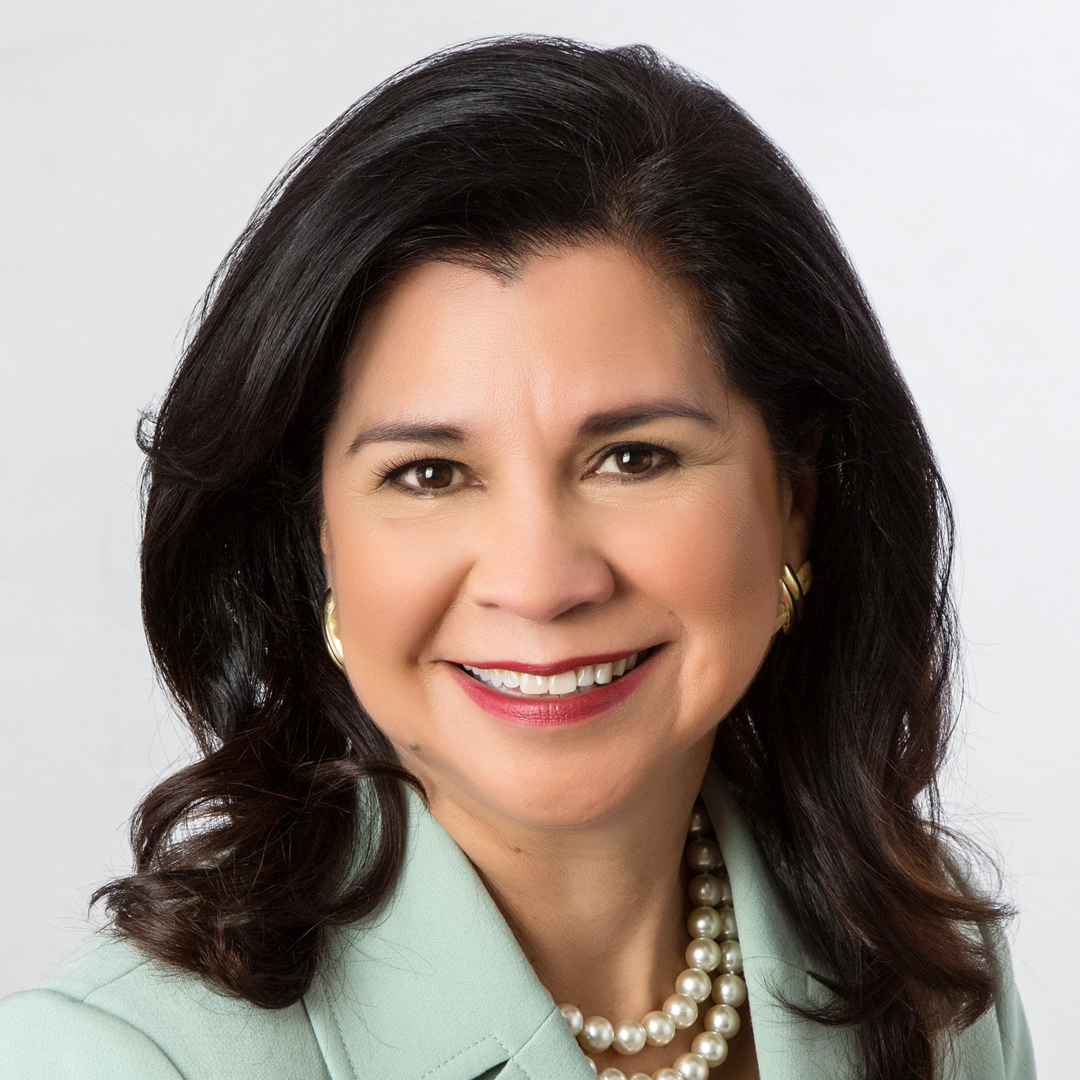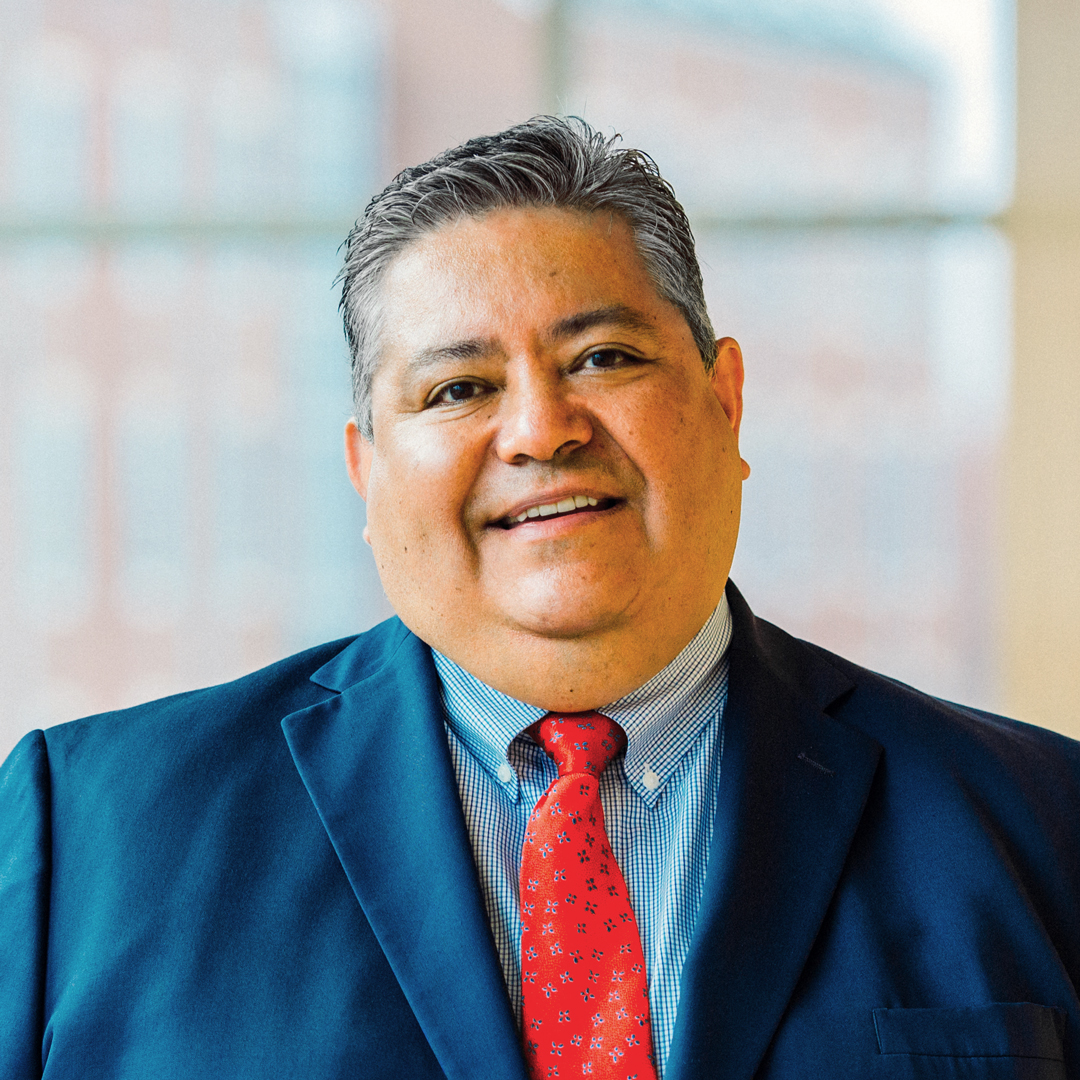|
Getting your Trinity Audio player ready...
|
There is a significant distinction between the work of an executive and the work of a board member.

According to Dan Siciliano, LCDA member and faculty for LCDEF’s BoardReady Institute (BRI), to succeed in the executive space, you need to get things done. But in a board setting, you don’t do anything. Instead, you ask the right questions.
“Be what we like to refer to as a ‘cooperative skeptic,’” Siciliano says. “Boards need to help encourage management to get things done, and they need to be supportive—but, at the same time, they’re the last defense against errors and assumptions.”
This explanation may sound simple enough, but it is a barrier to entry for many executives interested in board service. To dive deeper, the following is a high-level look at the qualifications, training, and strategies for becoming board ready.
“Great board members are often the new board members, because they have room and permission to ask certain questions that others are embarrassed to ask. Ironically, new board members in high-functioning boards are a wonderful thing.”
—Dan Siciliano
EXPERIENCE & SKILLS
What Boards Want
- Experience in a senior executive role with P&L responsibility and board interaction. The actual title you have depends upon the size of the company, so think of it this way: your P&L responsibility has to be a significant portion of the company’s entire P&L. This indicates your amount of responsibility with the company, and you likely had a substantial amount of interaction with its board.
- Human interactive dynamics. “This is the hard one,” Siciliano says, because boards actually ask for prior board experience. “It’s an argument I often make to boards that are starting searches and say, ‘Well, we really can’t risk having someone who doesn’t understand how to work on a board.’ At which point I say, ‘You just cut out seventy percent of the most eligible board members.”
The “human interactive dynamics,” as Siciliano calls them, are what boards are really looking for from the prior board experience requirement. These include two things: the temperament to engage in cooperative skepticism without being tempted to do rather than guide, and the ability to operate inside a difficult environment where you might disagree with people, but you have to get along with them. - Proven success at exercising sound judgement in business decisions. In other words, knowing what to let go and what not to.
Alternatives That Work
- You haven’t had significant P&L responsibility, but you have been an individual contributor, spearheading projects and frequently appearing in front of boards.
- You’re an entrepreneur or CEO of a smaller enterprise, and you had to manage your own board, but it was a different kind of board.
- You’ve been in government service at a very high level.
- You’re on the board of a very large or prominent national or international nonprofit.
- You’ve worked as a big audit partner, such as at EY or KPMG—this is invaluable for audit committees.
A REALISTIC SELF IMAGE
Siciliano has taught Stanford advanced-education students and LCDEF BRI participants, and when meeting the latter, his consistent reaction has been, “How are they not already on boards?” Their impressive careers often make these Latino executives more than qualified; however, they don’t always perceive themselves that way.
“The Latino culture allows for a conservative view of one’s own qualifications,” he explains, noting that the BRI program works to dispatch these ideas and instead focus on preparing and positioning them for board director roles.
TRAINING
The Basics
“The modern director should not be happy with themselves unless they arrive, in their mind, competent in these foundational building blocks,” Siciliano says. They include:
- Corporate governance and fiduciary duties.
- Accounting. At a board level, this means being able to make your way through all of the materials you’re given which you need to sign off on.
- Finance and risk. “There are a lot of risk and strategy decisions that the board is a part of,” says Siciliano.
Decision-Making
There’s a whole science—and curriculum—around decision-making in difficult environments. “One of the areas I teach is decision-making in uncertain environments, persuasion, and decision-making errors,” Siciliano says. “When really smart people work in high-pressure environments, there’s a pattern in the type of mistakes made, as studies have shown. This is actually good news.”
The curriculum teaches that there is a process by which people consume information and make decisions in difficult environments—be it overloaded with information or very dynamic. Understanding this process empowers board members and board-ready candidates to do this well, which proves to be an asset for any board.
THE LCDEF’S BOARDREADY INSTITUTE
“I’m really excited because we’ve turned this into a multi-year program which works on hard skills, soft skills, and self improvement with equal weight,” Siciliano says. “I don’t, at this time, know of any other program that has a curriculum that has not only mock board meetings, but a mock committee meeting, and a telephonic committee meeting. I think—in a very geeky way—that this is a breakthrough. I think we are going to be able to prove and demonstrate that the BRI program is a near substitute for corporate board experience, removing boards’ concerns about someone who hasn’t had prior board service.”
To learn more about the BRI program, contact Carmen Joge.
THE MARKET
The number of public companies listed on US stock exchanges has been on a steady decline since 1996, when the number peaked above 7,ooo. Today, that number is less than 3,800.
“Increasing the diversity on boards is an uphill battle, because the number of overall board seats are not increasing in the aggregate, and the total tenure of board members is also increasing,” Siciliano says.
The good news? “The number of private companies has gone up,” he notes, “and that’s a place where increasingly there’s an appreciation of the independent director role.”
Literally meaning a director who has not previously been employed by or provided a significant amount of work for the company, the independent director is a requirement for certain committees of public companies’ boards (such as compensation and audit). But on the private side, the company has more room to decide who its directors are, and the trend has recently shown that large private companies believe the requirement of independent directorships is a good practice to follow.
What does this mean for board-ready candidates? Independent directorships open the options and opportunities, which gives candidates the freedom to choose their own path. Siciliano explains, “The debate is: should you prepare to be a director in your narrow field of expertise, and does that improve your chances? Or should you go and do something completely different, but you bring with you this set of skills?”
HAVE A STRATEGY
“Doctors say you have to manage your own healthcare—well, you have to manage your own board-seat strategy, as well,” Siciliano says.
Are you particularly adept at a certain field? Do you have a passion for a particular industry? Discover the voice and expertise that you will bring to the boardroom and identify the companies that need your voice. “Then go aggressively out of your way to seek out and meet the people who you think are on the boards you are well-suited to,” Siciliano recommends.
HOW TO BE PROACTIVE
- Attend events like those hosted by the LCDA and the National Association of Corporate Directors (NACD) to make strategic connections and build your social capital.
- Pay attention to the world of board governance: follow proxy advisors Institutional Shareholder Services (ISS) and Glass Lewis & Co. to read the latest news. “I’ll tell you, it’s not the most exciting reading, but it is a huge deal for the world of corporate governance,” Siciliano says. “Boards pay attention—it impacts them—and so should you.”
- Become part of what Siciliano calls “an ecosystem of connections,” such as the LCDA. “If you go through the BRI program and become an LCDA associate member—well, gosh, you’re in an ecosystem that is actively trying to connect.” This membership takes your efforts of being in the right places and developing the right networks one step further. Because presenting yourself as a viable board candidate is more art than science—as Siciliano puts it, “There’s a thin line between strategically presenting yourself and making connections and being the weird person who’s stalking a board seat. It’s a difficult balance, but most board seats are actually acquired through one degree of separation and/or direct reference/recommendation.”
BUILD SOCIAL CAPITAL
“Most board seats are acquired through one degree of separation or direct recommendation,” Siciliano says. “It is this upfront, guerrilla warfare—make contacts, get people to know you, position yourself, and get recommended—that makes associations like the LCDA hugely powerful.”
DAN SICILIANO ON …
Positioning Yourself
“I was given good advice from Priya Cherian Huskins—she’s an outstanding board member, and she said, ‘Dan, no one wants an academic on their board, no matter how good they are. You need to lead with your business credentials.’ As soon as I did that, it actually made all the difference.”
Flying Your Flag
“It’s tricky for me because I don’t want to be selected for a board because I’m Latino, but my name doesn’t make it obvious that I am Latino. So there is this weird, awkward moment in an interview where you know that they’re trying to increase the diversity of the board … the good thing is my resume includes my affiliations with the LCDA and LULAC and my Spanish language fluency and my time spent in Latin America.”
“Great boards don’t make great companies (they hire CEOs to make great companies), but poor-functioning boards are a source of tremendous wealth destruction. Improving boards is a way of making the nation, the people, everyone better off. One of the most important things we can do is make it easier for boards to have a more diverse set of members who are highly qualified. That actually equals wealth preservation and wealth creation.”
—Dan Siciliano
Dan Siciliano is a member of the Latino Corporate Directors Association, an instructor for the Latino Corporate Directors Education Foundation’s BoardReady Institute, an immediate past faculty member and Professor for the Rock Center for Corporate Governance at Stanford University, and a member of the board of the San Francisco Federal Home Loan Bank. Previously, Siciliano founded and served as chairman and CEO of LawLogix Group, a global software company named nine times to the Inc 500/5000 fastest-growing companies list.

